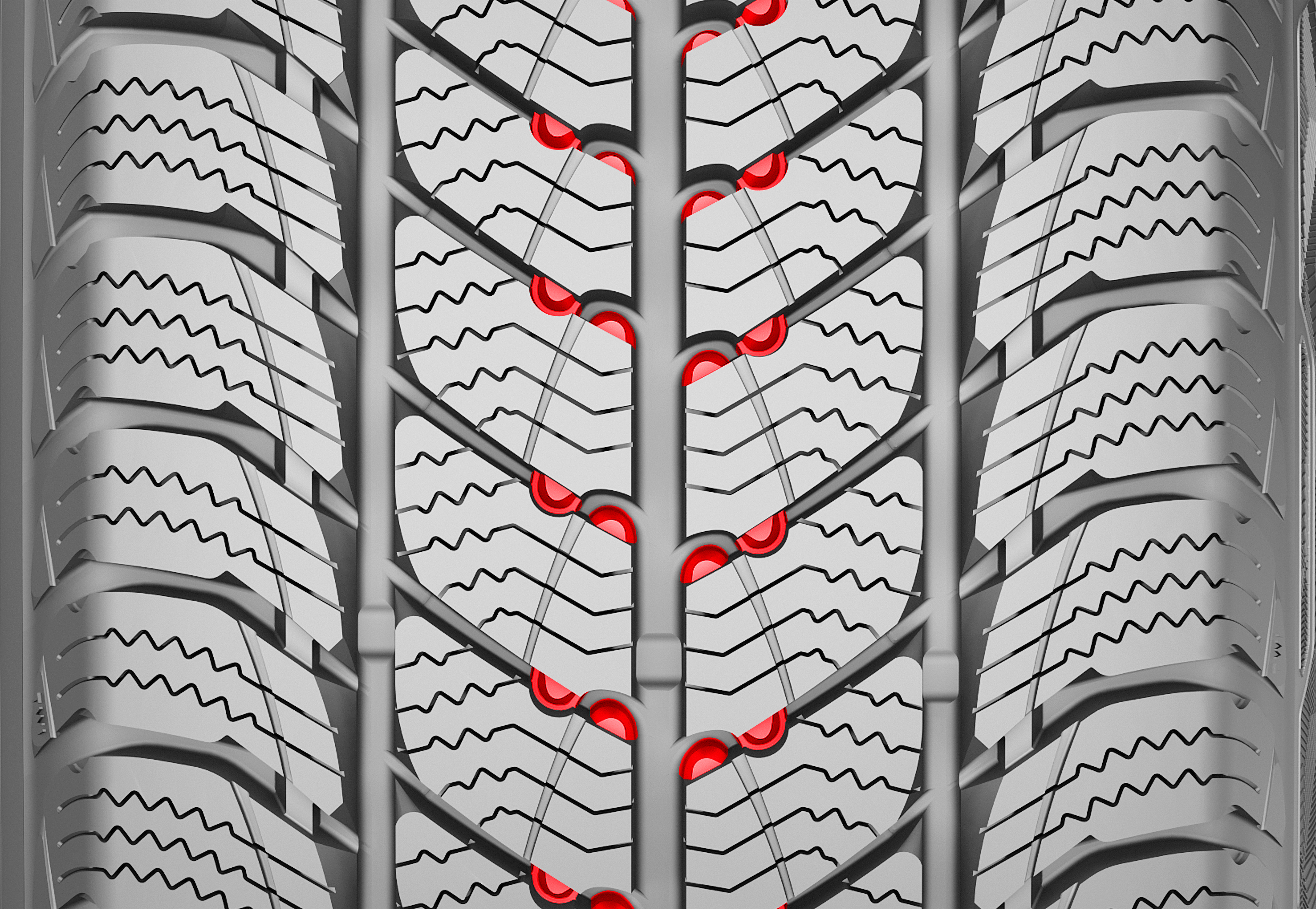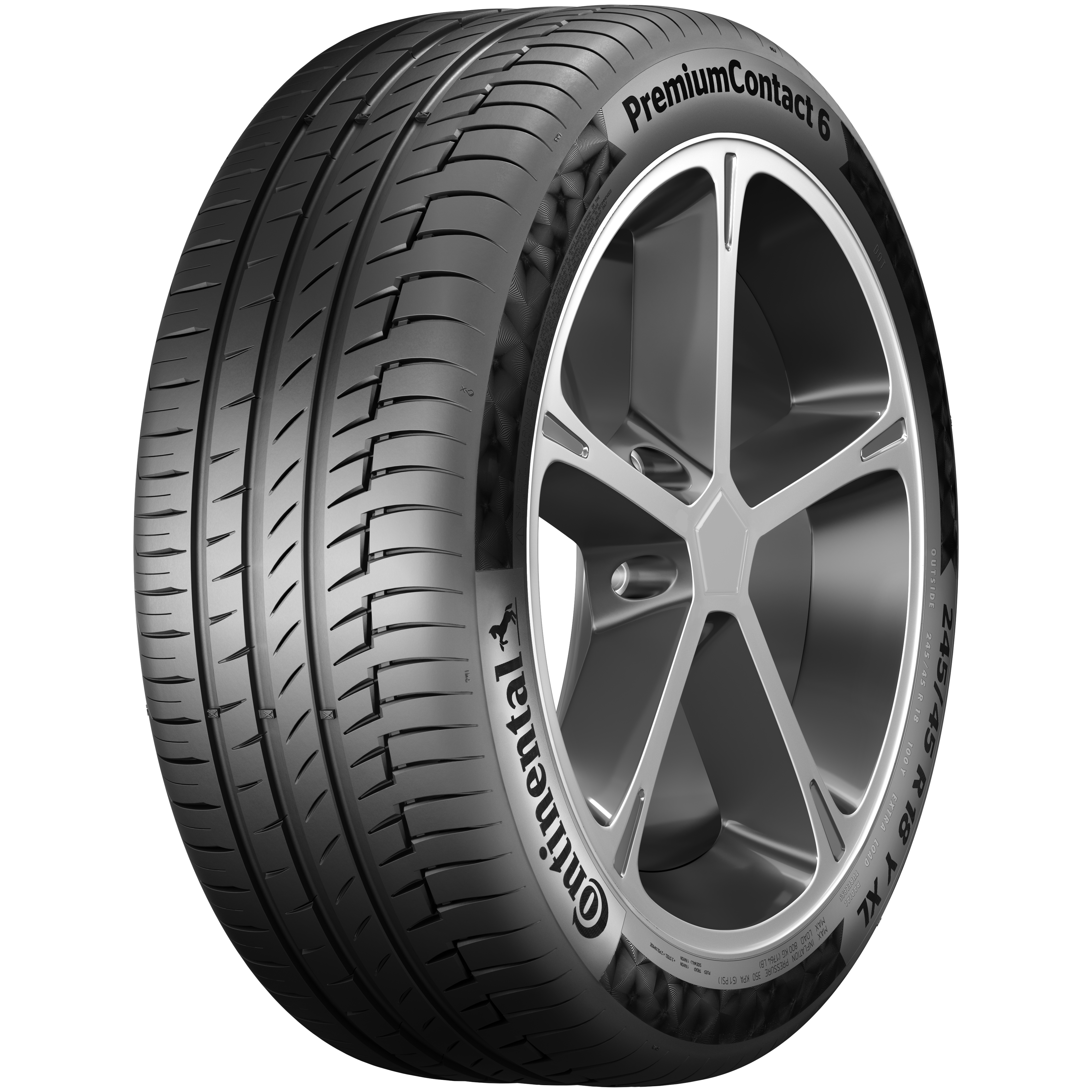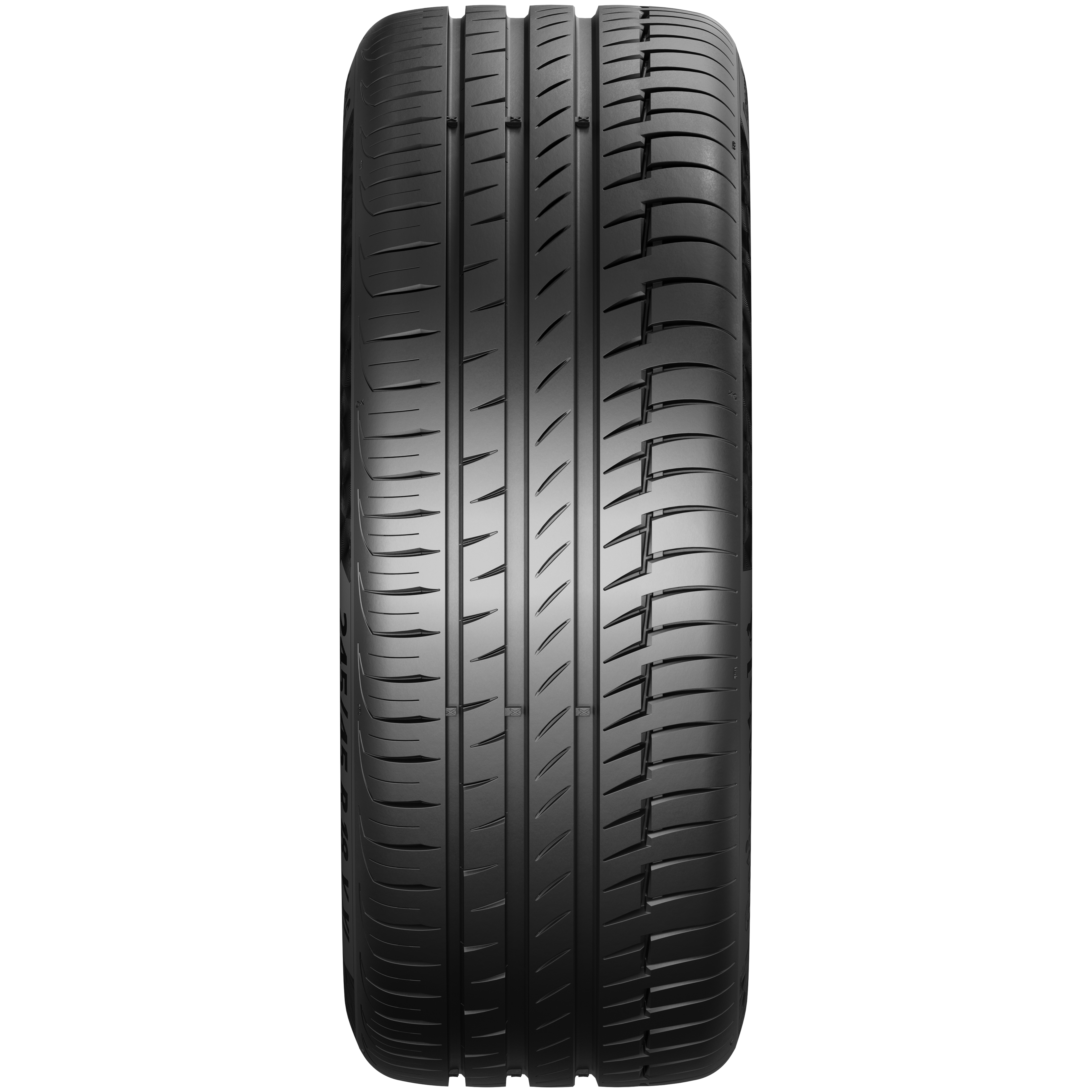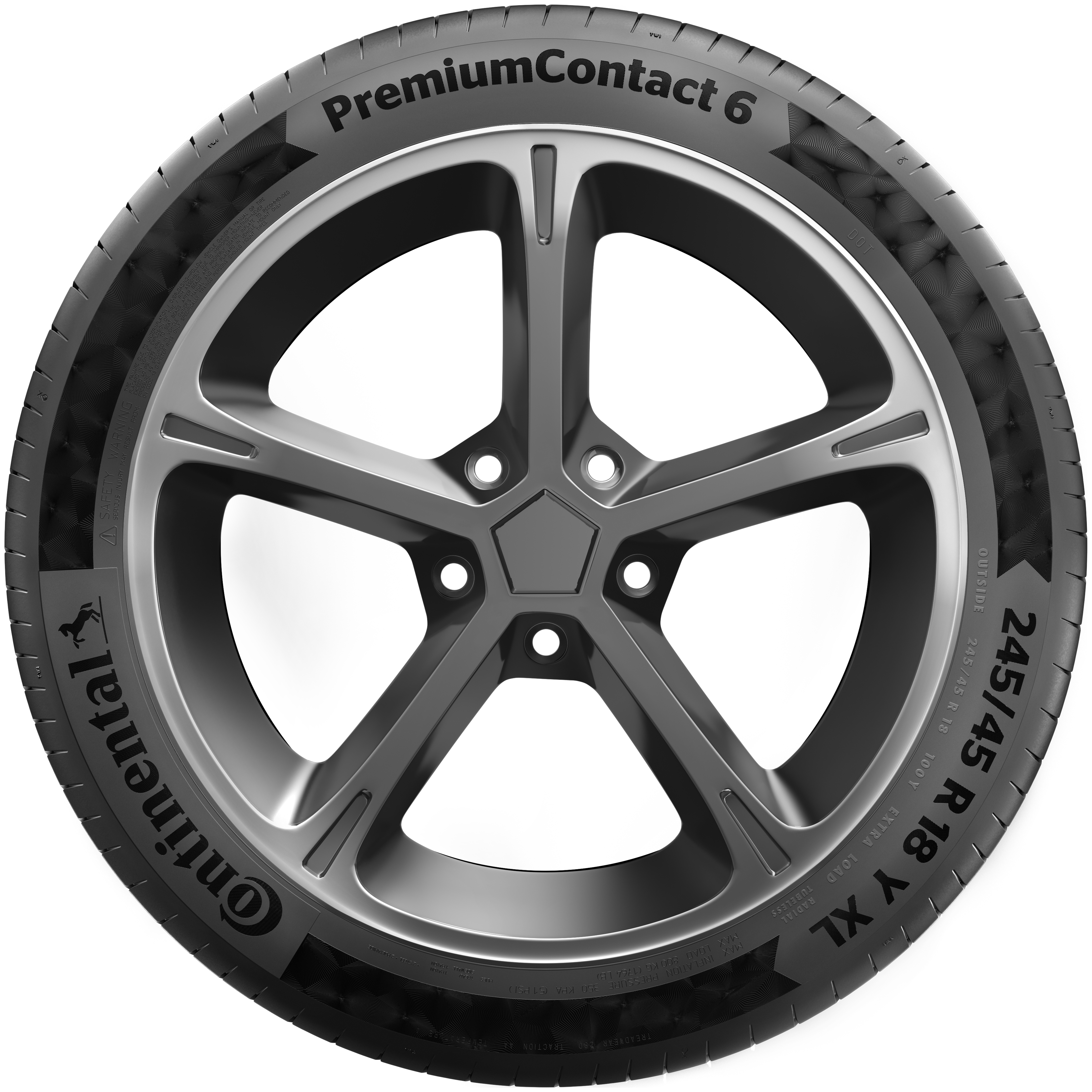(name of the tire)
(tire description)
Highlights
- Winter Braking
- Aquaplaning
- Longlasting driving stability
Excellent winter braking performance on wet, snowy and slushy roads.
The Snow Max 3 is equipped with the newest winter compound technology for van tires. This extraordinary material improves braking and handling performance in all wintry conditions.
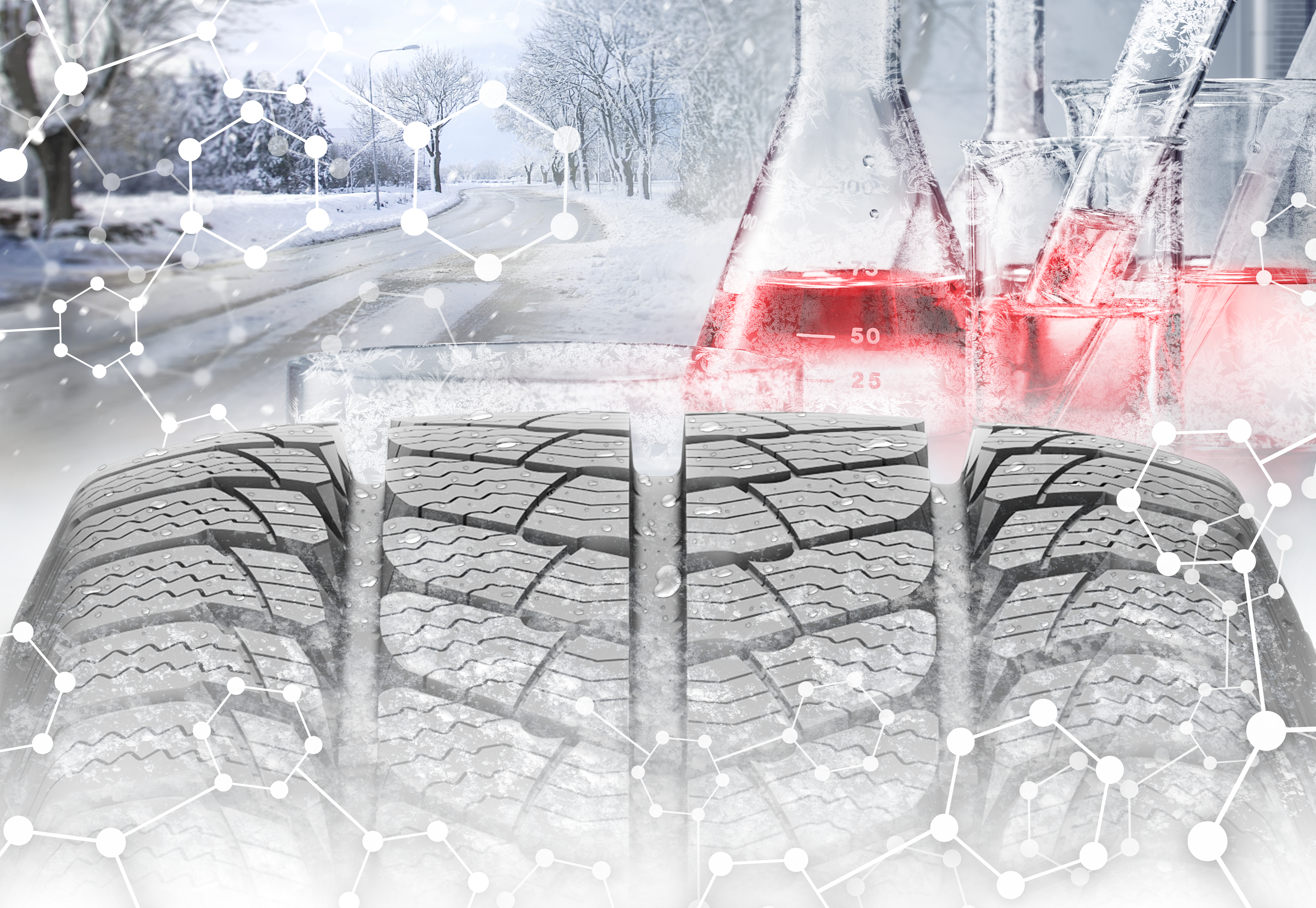
Reduced aquaplaning risk and shorter braking distance on wet roads.
The optimised pattern design displaces water and slush more effectively. This leads to increased stability on wet roads while reducing the risk of unexpected aquaplaning.
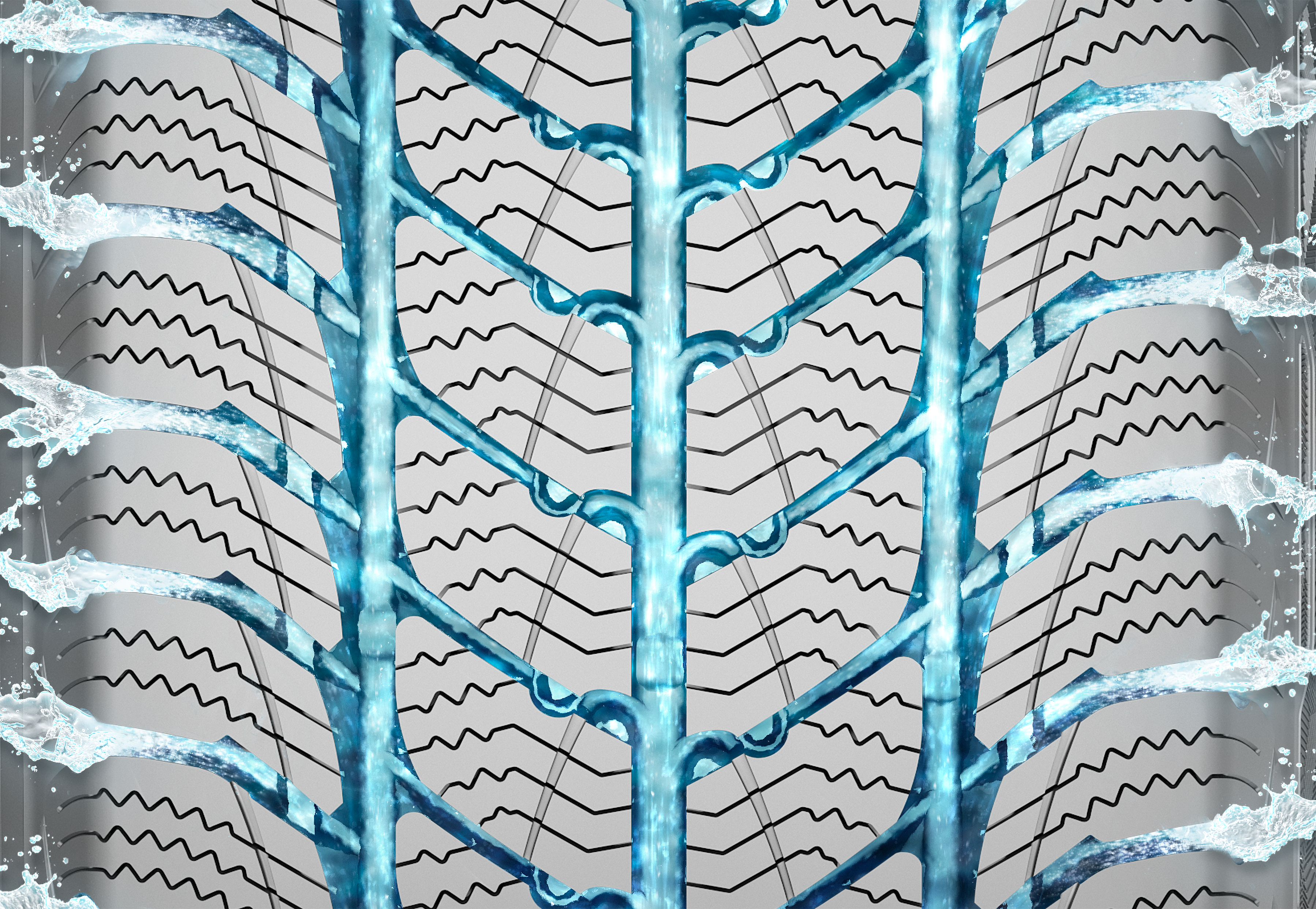
High mileage and longlasting driving stability on dry roads.
The new winter compound allows less sipes ensuring a more stable pattern which results in a higher mileage. This technology also enables improved handling and braking performance on dry roads.
